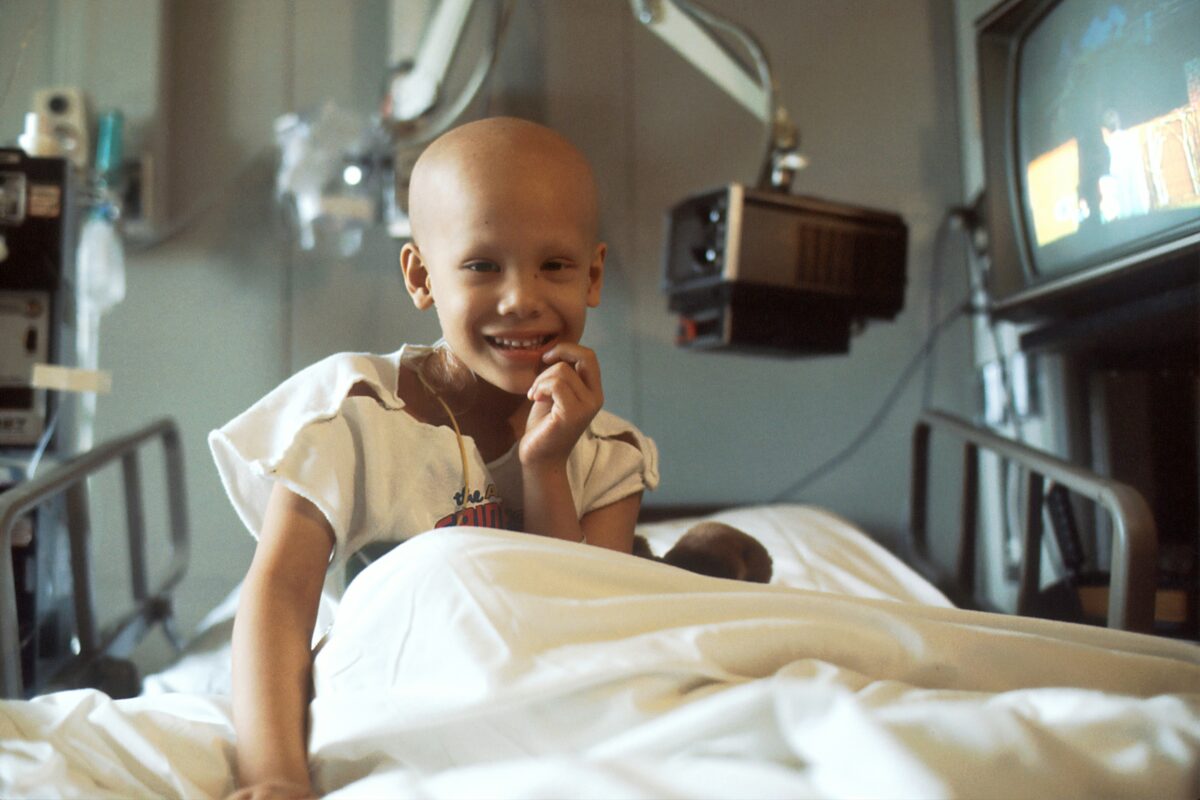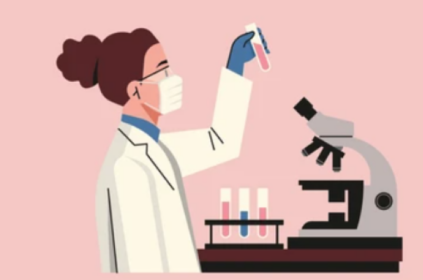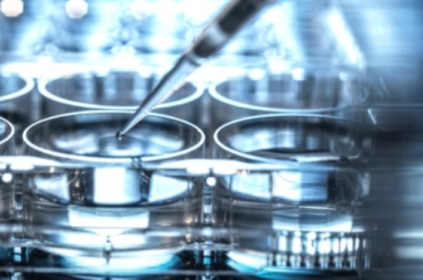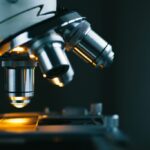There exists an urgent need to identify novel therapeutic interventions for acute lymphoblastic leukemia (ALL). Currently, ALL is treated in various phases using chemotherapy, radiation, targeted therapy, bone marrow transplants, and more. But, shares an article from the Karolinska Institutet on Healio, 15-20% of people with acute lymphoblastic leukemia either don’t respond well to therapy or relapse following treatment. Further, many people who survive this cancer in childhood experience serious and life-threatening complications by or before 45 years old.
However, a collaborative research team comprising members of Lund University, Karolinska Institutet, and the University of Eastern Finland recently uncovered a potential way to halt cancer evolution. According to their research, published in Genome Biology:
A better mechanistic understanding of how drug effect is linked to cancer cell state diversity is crucial for identifying effective combination therapies that can prevent disease recurrence.
Malyukova, A., Lahnalampi, M., Falqués-Costa, T., Pölönen, P., Sipola, M., Mehtonen, J., Teppo, S., Akopyan, K., Viiliainen, J., Lohi, O., Hagström-Andersson, A.K., Heinäniemi, M., & Sangfelt, O. (2024). Sequential drug treatment targeting cell cycle and cell fate regulatory programs blocks non-genetic cancer evolution in acute lymphoblastic leukemia. Genome Biology, 25.
Exploring WEE1 Inhibition for Acute Lymphoblastic Leukemia
WEE1 is a nuclear kinase that plays a role in cell cycle checkpoints. Within this study, the research team explored whether WEE1 inhibition, alongside additional targeted therapies, could improve how effective treatments were while reducing negative side effects. Cancer treatment has been linked to side effects like nausea, anemia (low red blood cell count), fatigue, and chronic pain.
To begin, the researchers analyzed KMT2A rearrangements in ALL cells. They found that WEE1 inhibition usually causes cancerous cells to die. However, in some cases, the cancerous cells instead became more drug-tolerant. Essentially, this means that these cells became less sensitive (and thus more resistant) to treatment. They change their differentiation compared to other cells.
This means that ALL cells adapt to treatments that target the same pathway. Because of this, the researchers recognize that finding or addressing other pathways, or targeting vulnerabilities in existing pathways, could benefit patients by improving treatment efficacy. Further, the researchers found that WEE1 inhibitors paired with treatments like dasatinib, ibrutinib, fatostatin, and AZD1775 overcome the drug-tolerant cell state for improved efficacy and apoptosis (cell death).
While more research is needed to replicate or further assess these results, these findings do show promise in the ever-expanding treatment landscape for acute lymphoblastic leukemia.
About Acute Lymphoblastic Leukemia (ALL)
Also known as: Acute lymphocytic leukemia
Acute lymphoblastic leukemia is an aggressive and rapidly progressing cancer of the blood and bone marrow. It causes the formation of immature, rather than mature, blood cells. Children are significantly more likely to develop acute lymphoblastic leukemia than adults; in fact, ALL is the most common form of childhood cancer. It is often more severe and more treatment-resistant in adults.
Someone who has acute lymphoblastic leukemia might show signs of pallor (extremely pale skin), fever, bone pain, abnormal bleeding (such as recurring nosebleeds or bleeding from the gums), shortness of breath, fatigue and general weakness, swollen lymph nodes, recurrent infections, and bone pain.
If you or a loved one has ALL, you are not alone. Please consider reaching out for support; the Leukemia & Lymphoma Society offers numerous resources and support groups.
Editor’s Note: Get Involved
Cancer doesn’t discriminate. WHATNEXT and its partners are interested in amplifying the voices of those from all identities and backgrounds. If you have a cancer journey to share, reach out here to learn more about how your voice can help spread awareness and inspire individuals from all walks of life.
acute lymphoblastic leukemia acute lymphocytic leukemia leukemia medical research oncology
Last modified: January 22, 2025











